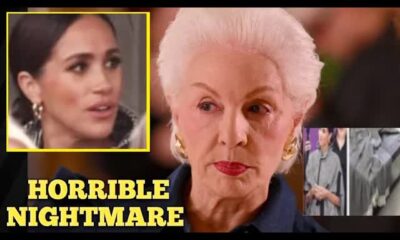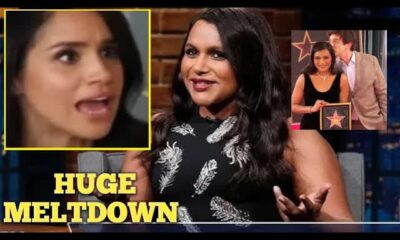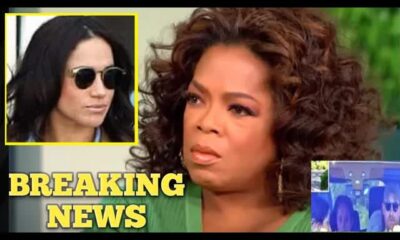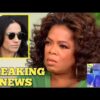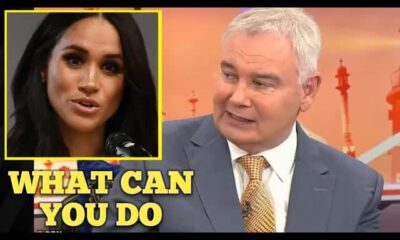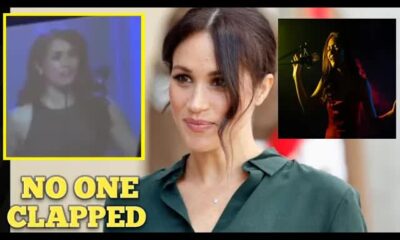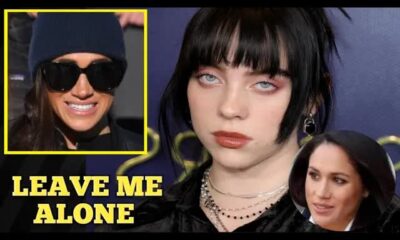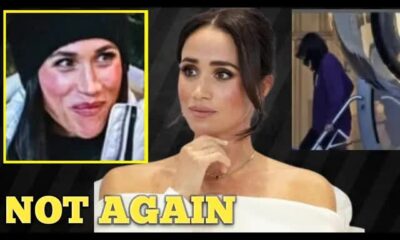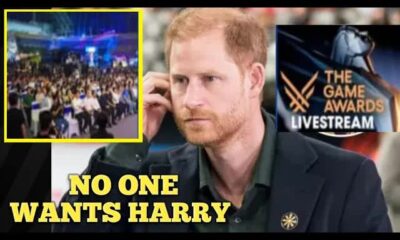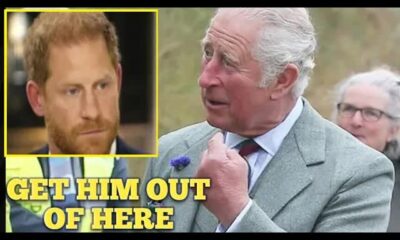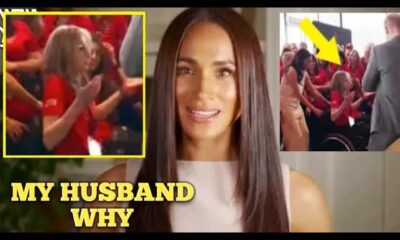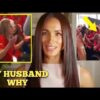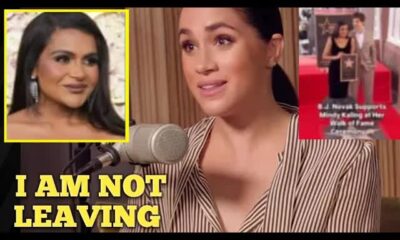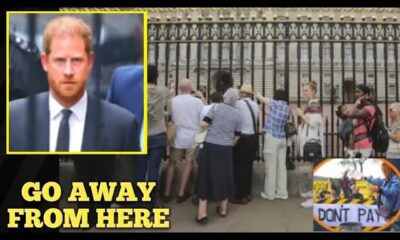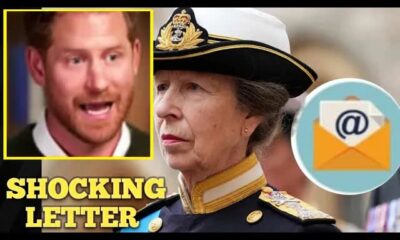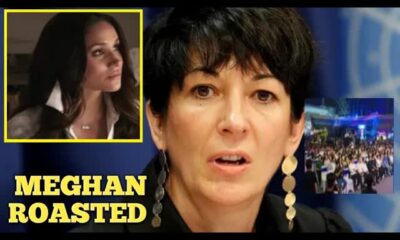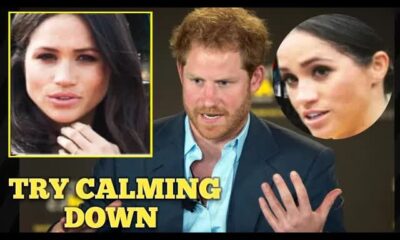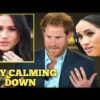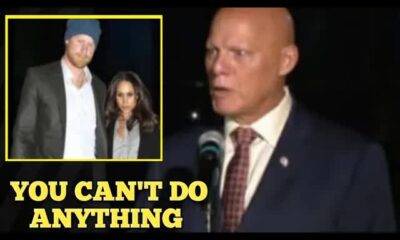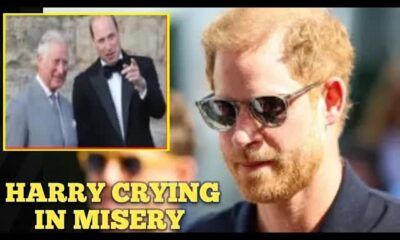The News
Fashion Face-Off: Meghan Markle and Kate Middleton Spark Debate
In the ever-changing landscape of celebrity fashion, few names ignite as much conversation as Meghan Markle and Kate Middleton.
Their distinct styles often serve as a backdrop for public scrutiny, especially when compared side by side.
Recently, fashion designer Roland Muray stirred the pot with comments that critiqued Meghan's 90s-inspired looks while showering praise on Kate's chic camel suit.
This unexpected commentary not only sparked debates about their fashion choices but also opened the door to deeper discussions about the sentiments surrounding these two influential women.
Meghan Markle, known for her eclectic mix of modern and vintage styles, has been under the spotlight since she joined the royal family.
Her bold fashion statements, from daring cutouts to vibrant hues, have garnered both fans and critics alike.
However, Muray's recent remarks struck a nerve, particularly as they contrasted Meghan's style with the more polished looks typically associated with Kate Middleton.
The harsh comment likening Meghan's outfit to a “90s backstreet hooker” drew significant backlash, with many supporters feeling it was not only unjust but also dismissive of Meghan's unique fashion sense.
Social media quickly became a battleground for opinions, with Meghan's fans rallying to defend her choices.
Many pointed out that fashion is subjective; what some may view as a misstep, others celebrate as a bold statement.
The phrase “90s backstreet hooker” trended as users shared photos of Meghan's outfits, asserting that her daring style reflects confidence and challenges conventional royal fashion norms.
Conversely, Kate Middleton's style is often celebrated for its elegance and simplicity.
Muray's praise for her camel suit emphasized this aesthetic, further solidifying Kate's status as a fashion icon.
Her ability to blend high fashion with accessibility resonates with many, as she often chooses pieces that are both sophisticated and relatable.
This distinction in their fashion narratives highlights the contrasting ways in which each woman is perceived in the public eye.
As discussions about their differing styles unfolded, it became evident that the debate extends beyond mere fashion.
The scrutiny surrounding Meghan's choices often intersects with broader themes of gender, race, and societal expectations.
As a biracial woman within the British royal family, Meghan faces challenges that Kate, who embodies a traditional royal image, does not encounter.
This differential treatment reveals how the perception of their styles transcends clothing, delving into cultural narratives and inherent biases.
The conversation ignited by Muray's comments also sheds light on the pressures faced by women in the public sphere.
Women are frequently held to rigid standards, where their fashion choices are critiqued not just for aesthetics but for what they signify about their character and identity.
The contrasting styles of Meghan and Kate serve as a microcosm of a larger societal issue, where women's appearances can become battlegrounds for discussions about their worth and legitimacy.
Following Muray's remarks, it became clear that Meghan's supporters were not merely defending her fashion choices; they were advocating for her right to self-expression without judgment.
The backlash against Muray highlighted a growing awareness of the need for inclusivity and diversity in fashion discussions.
Many called for a shift in the narrative surrounding women's fashion, emphasizing the importance of celebrating individuality rather than conforming to traditional standards.
As the debate intensified, fashion insiders began weighing in with their perspectives.
Some noted that while Kate's looks embody classic elegance, Meghan's risk-taking approach often leads to innovative trends that challenge the status quo.
This dynamic illustrates the diversity of female representation in fashion, showcasing how both traditional and avant-garde styles can coexist and inspire future generations.
The ongoing saga of Meghan Markle and Kate Middleton in the fashion world continues to captivate audiences globally.
Each woman brings her unique flair, highlighting the multifaceted nature of contemporary style.
The discourse surrounding Muray's comments serves as a reminder that fashion is far more than just clothing; it's a powerful form of expression that mirrors deeper societal values and beliefs.
Delving deeper into this discussion, it's essential to recognize how celebrity fashion often reflects broader cultural conversations.
The scrutiny faced by figures like Meghan and Kate reveals the intricate ways women's appearances are politicized.
Their fashion choices can symbolize larger narratives about femininity, power dynamics, and societal expectations, prompting us to examine the implications of Muray's comments and the reactions they provoked.
The influence of social media in shaping public opinion is undeniable.
Platforms like Twitter and Instagram have become arenas for discussions about style, identity, and representation.
In the case of Meghan and Kate, users took to these platforms to voice their opinions, share interpretations of the outfits, and express support for Meghan.
This digital dialogue underscores the growing power of fan communities in challenging dominant narratives and reshaping the conversation around celebrity fashion.
Moreover, the role of the fashion industry in either perpetuating or dismantling stereotypes cannot be overlooked.
Designers and brands have a responsibility to foster inclusive narratives that celebrate diversity.
As the backlash against Muray illustrates, consumers are increasingly aware of the implications of fashion discourse.
The industry must evolve to reflect a broader spectrum of style and identity, moving away from narrow definitions of beauty and elegance that have historically dominated the conversation.
This ongoing debate has the potential to inspire positive change within the fashion industry.
By amplifying diverse voices and honoring individuality, we can cultivate a more inclusive environment that empowers women to express themselves authentically.
The conversation surrounding Meghan and Kate serves as a catalyst for broader discussions about representation and inclusivity in fashion, encouraging a reevaluation of our perceptions and biases.
Promoting inclusivity in fashion is about more than diversifying models on the runway; it requires a holistic approach that considers race, body size, gender identity, age, and socioeconomic status.
By prioritizing representation and embracing body diversity, the fashion industry can challenge outdated norms and celebrate all forms of beauty, ultimately fostering a culture of acceptance and empowerment.



